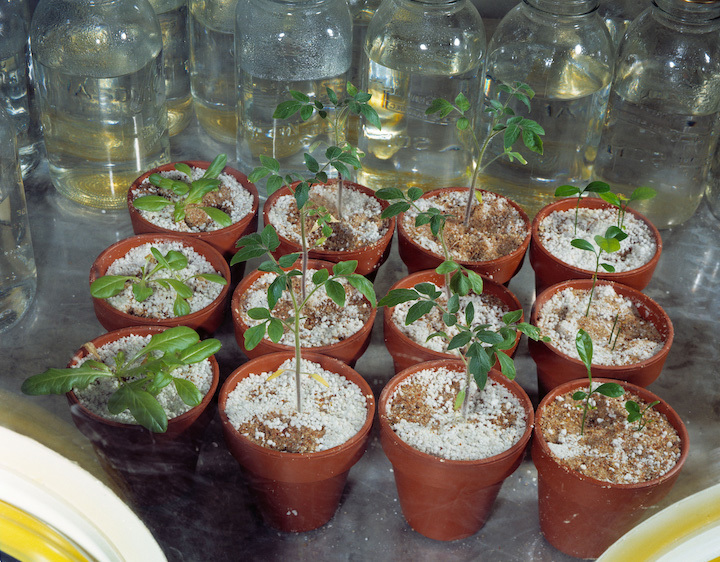1.08.2019
The agency injected animals and insects with lunar material, as well as grew plants in lunar soil to test for contamination after the Apollo 11 mission

NASA had a unique way of testing lunar materials following the 1969 moon landing.
According to a Biomedical Results report, NASA conducted an experiment feeding moon dust to German cockroaches and injecting mice with lunar samples to test moon materials after the famous space milestone.
Upon astronauts Neil Armstrong and Buzz Aldrin’s return from the Apollo 11 mission, NASA quarantined the pair for weeks while conducting tests on their lunar samples in order to ensure contamination was not possible, the report explained.
During the quarantine, the two astronauts lived alongside mice that had been injected with lunar material in an effort to make sure that the “lunar materials were nonhazardous.”
“We had to prove that we weren’t going to contaminate not only human beings, but we weren’t going to contaminate fish and birds and animals and plants and you name it,” Charles Berry, Head of Medical Operations during the Apollo mission, said in 1999. “Any of the Earth’s biosphere, we had to prove we weren’t going to affect it. So we had to develop an amazing program that was carried off really for three flights’ worth. A lot of trouble.”

But the lunar materials testing didn’t stop at mice. According to the report, NASA also infused moon dust into water for aquatic species like brown and pink shrimp, oysters, as well as guppies and minnows. Japanese quails were also among the list of animals that were tested along with insects such as houseflies and moths.
CNN reports the only species to die during the experiment were the oysters, which researchers suspect was caused more from the fact that the testing occurred during mating season rather than the lunar testing itself.
Similar tests were done following the Apollo 12 mission, with the oysters “remaining in excellent health,” according to NASA.

In addition to testing animals and insects, NASA also teamed up with the US Department of Agriculture to test the reactions of plant life to lunar material exposure and successfully grew seeds in lunar soil for plants such as cabbage, tobacco, tomatoes, ferns and onions.
The fern plant “appeared to be the most sensitive plant for demonstrating that lunar material can act as a source of nutrients for plants,” NASA reported also noting the discovery that “lunar material could be used as a support medium for the growth of many plants.”
“They didn’t find any microbial growth on the lunar samples, and they didn’t have any microorganisms that they at least initially attributed to any extraterrestrial source or lunar source,” Judith Hayes, chief of NASA’s Biomedical Research and Environmental Sciences division told Space.com. “And the crew didn’t have any signs of an infectious disease, and all the rodents survived the exams, so everybody did well.”
NASA ended the experimental testing of lunar material on animals, as well as the quarantine process for astronauts who had come into contact with lunar samples, following the Apollo 14 mission in 1971.
Quelle: People
